
Qantas: Why choose Airbus over Boeing for its domestic Aircraft fleet replacement?
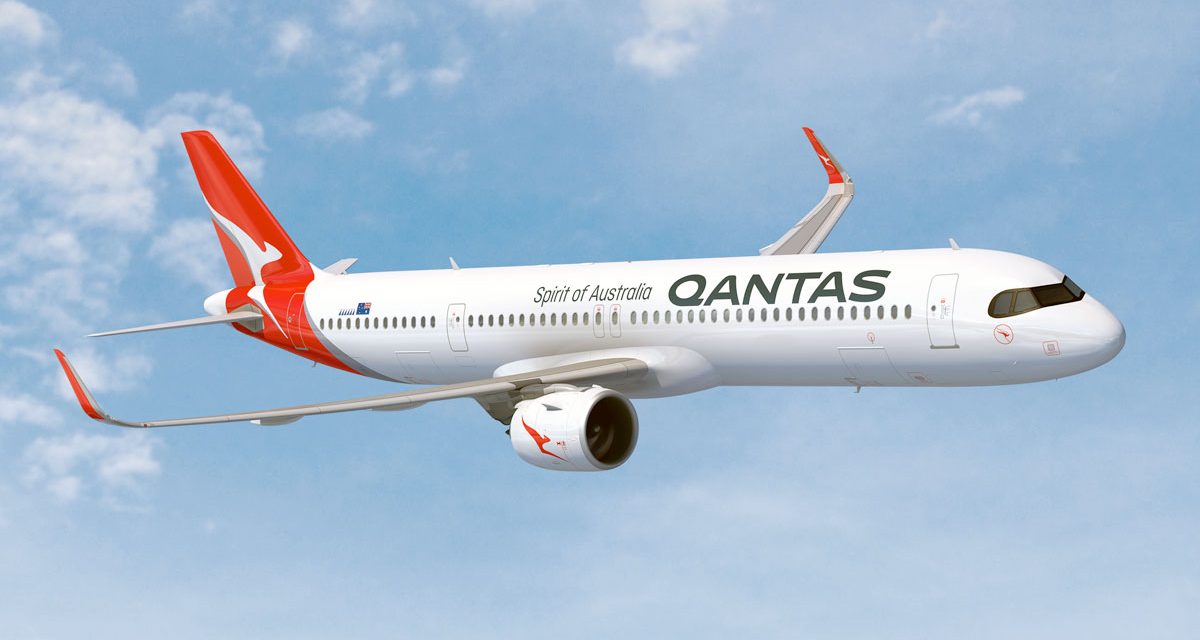
Qantas announced yesterday its decision to replace the current fleet of Boeing 737’s and 717’s with Airbus A300 and A200 series aircraft over the next 10 years.
Specifically, it confirms:
- The selection of Airbus A320neo and Airbus A220 families as preferred aircraft types
- In-principle agreement for 134 orders and purchase right options for 10+ years delivered from FY24
- Combines with current Jetstar order giving Qantas flexibility on delivery and aircraft type/size.
- Order process to be completed by the end of FY22 subject to: A firm commitment for 40 aircraft – 20 A321XLR (extra long-range) and 20 A220 aircraft – is expected to be placed with Airbus by the end of FY22, subject to discussions with employees regarding operating the new aircraft types and Qantas Board confirmation
- A firm commitment for 40 aircraft – 20 x A321XLR (extra long-range) and 20 x A220 aircraft
- 94 purchase right options (giving preference for delivery slots and a guaranteed price) over10+ year to align with the phase out of Boeing 737-800s and 717s
Content of this Post:
Why Airbus?
The question is why did it choose Airbus over Boeing? Not being privy to all the details, and especially specific purchase agreement details, like price, means I can only speculate:
Distinguish your fleet from competitors
With this decision, Qantas will be the only domestic airline not flying Boeing 737’s.
Virgin Australia has already committed to replacing its 737 fleet with the new Boeing 737 MAX models with its chequered history. Chequered because the aircraft suffered 2 fatal crashes killing 346 people in 2018 and 2019, resulting in a 20-month grounding of this aircraft model due to the revocation of its airworthiness certification after recurring flight control failures. The model was only allowed to fly again after modifications to software and hardware in November 2020.
Virgin is currently flying 737’s the same as Qantas
REX is using 737’s on its capital city routes previously leased to Virgin Australia prior to its administration. REX has no current plans for a replacement aircraft fleet.
Bonza Airlines, a proposed domestic competitor committed to starting operation in 2022 has also announced the use of a Boeing 737 MAX fleet, which its backer 777 Partners picked up in a ‘phenomenal’ deal, which I interpret as ‘cheap’.
This all means that Qantas will be the only airline to aim to run an all Airbus domestic fleet.
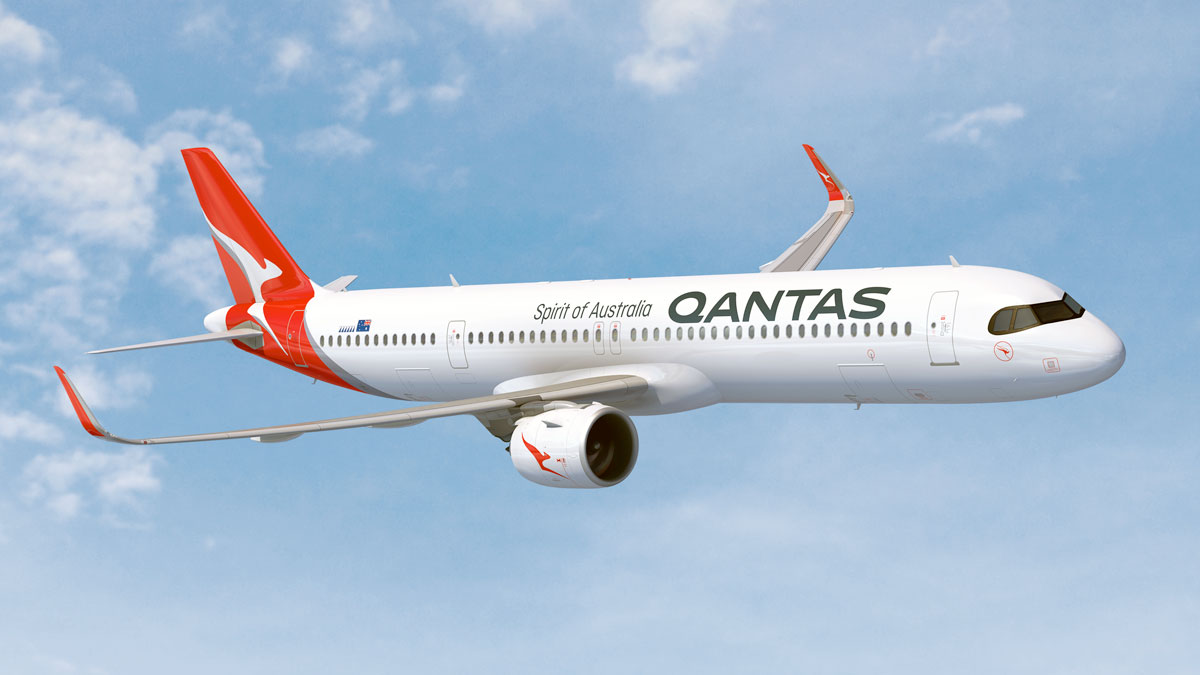
Better passenger experience
Passenger experience is made up of a whole range of soft and hard product attributes. The aircraft and its interiors are part of the ‘hard’ product. The Airbus aircraft are reported to be much quieter in their interiors that the Boeings. Airbus aircraft are also a little wider, allowing seat width to be greater than on the B737, but providing near vertical interior walls, and the ‘Airspace’ modern interior cabin design which feels more spacious and has roomier overhead bins, allowing the storage of one bag per passenger on the A220s – not the case with the B717’s, where passenger regularly had to surrender their carry-ons to the hold.
In the USA, JetBlue even has their stunning Mint doored suites on the A320s. We live in hope that Qantas might introduce such a business domestic product!
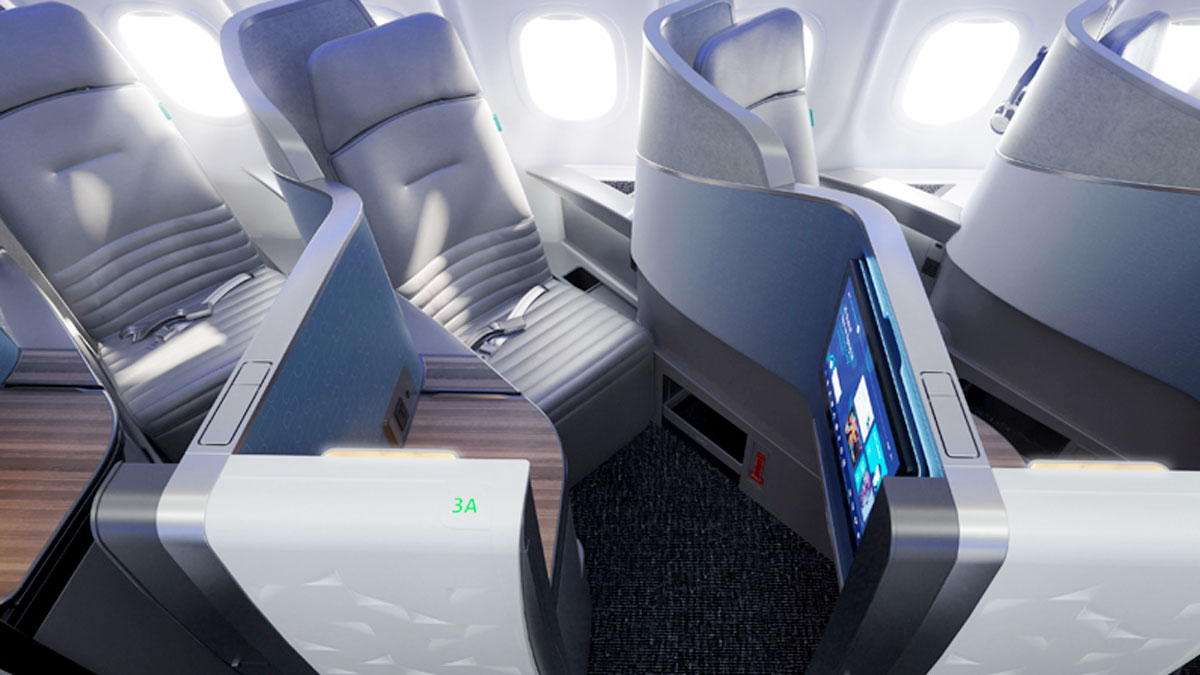
Capacity – size matters
Those first 60 aircraft are the single-aisle A321XLR’s – which will be the longest range narrow-body plane in the world, and mid-sized A220-300 (plus options for the smaller A220-100) giving Qantas a more flexible fleet mix with better economics according to Qantas.
The A321XLR can carry 15% more passengers per flight than the B737-800s, so better capacity for high traffic Melbourne, Sydney and Brisbane routes. The XLR’s will also be able to service longer range city pairs, although Qantas is silent on the specifics. Potentially these could include destinations like Bangkok and Hong Kong. This opens the possibility of lower demand long range city pairs – that is lower demand than an B787 or A350.
“The combination of small, medium and large jets and the different range and economics they each bring means we can have the right aircraft on the right route.
“For customers, that means having more departures throughout the day on a smaller aircraft, or extra capacity at peak times with a larger aircraft. Or the ability to start a new regional route because the economics of the aircraft make it possible.
“We have some exciting plans for the next-generation cabins we’ll put on these aircraft, which will offer improvements for passengers that we’ll share in coming months.Qantas Group CEO Alan Joyce
The smaller A220s give flexibility to service domestic and regional destiations say for use during off peak times between capital cities (like the old afternoon flight between Sydney and Adelaide) or on on regional routes to increase frequency.
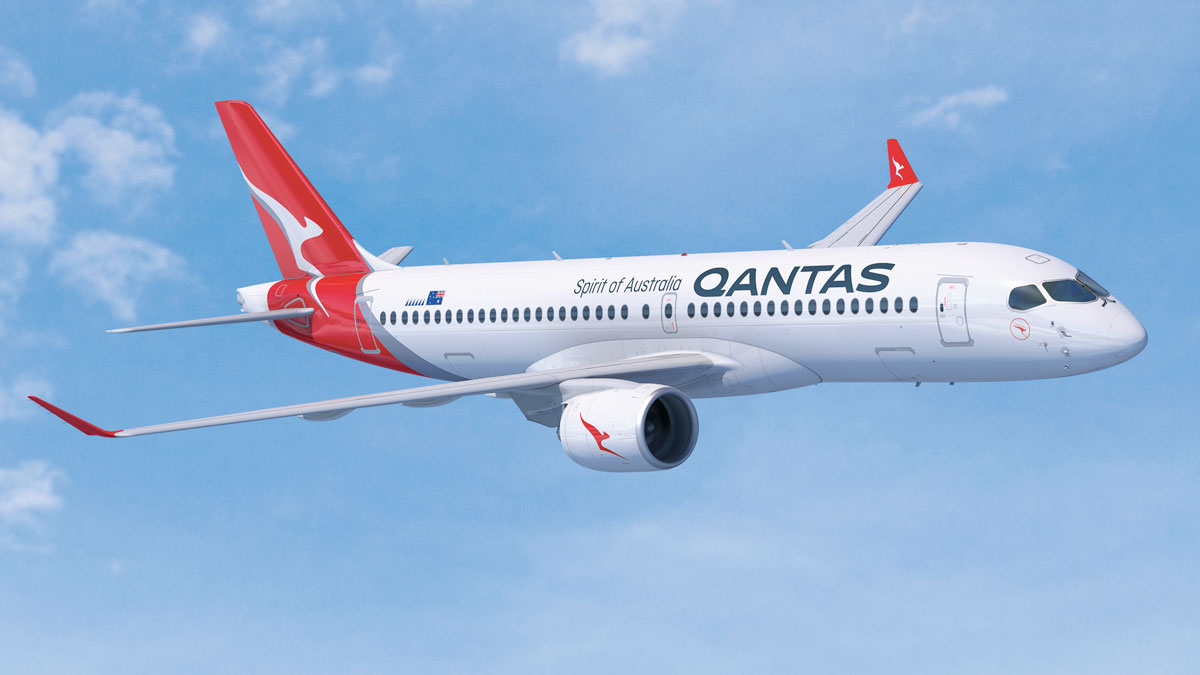
Efficiancy and maintenance
Pratt & Whitney GTF™ engines to be used on all the new fleet provide fuel savings of 15-20% thus being cheaper to run, and reducing emissions – becoming a matter of increasing public interest for airlines. Bringing thes Airbus aircraft on board should also create some efficienceies in engineering, maintenance and training. It will mean, in 10 years, the only Boeing aircraft Qantas will have are the B787s. Everything else will be Airbus, barring some new aquisition decisions in that timeframe. Keeping a foot in the Boeing door presumably helps in price negotiations with Airbus.
What are Qantas buying again?
Here are the specifics of the purchase and aircraft specification straight from the press release.
Airbus A320 family
- Includes the Airbus A320neo and A321neo
- A320neo seats – from 150 to 180 for a two-class configuration. 6,300km range
- A321neo seats – from 180 to 220 for a two-class configuration. 7,400km range
- A321XLR seats – from 180 to 220 for a two-class configuration. 8,700km range
- The A320neo family offers fuel improvements of 14 per cent from A320ceos
- 50 per cent quieter than the A320ceos
- Pratt & Whitney GTF™ (PW1100G-JM) engines
Airbus A220
- Specifically designed for the 100-150 seat market
- More than 20 per cent lower fuel burn per seat than B717s, half the noise footprint, and decreased emissions
- Up to 6,390km range
- Pratt & Whitney GTF™ (PW1500G) engines
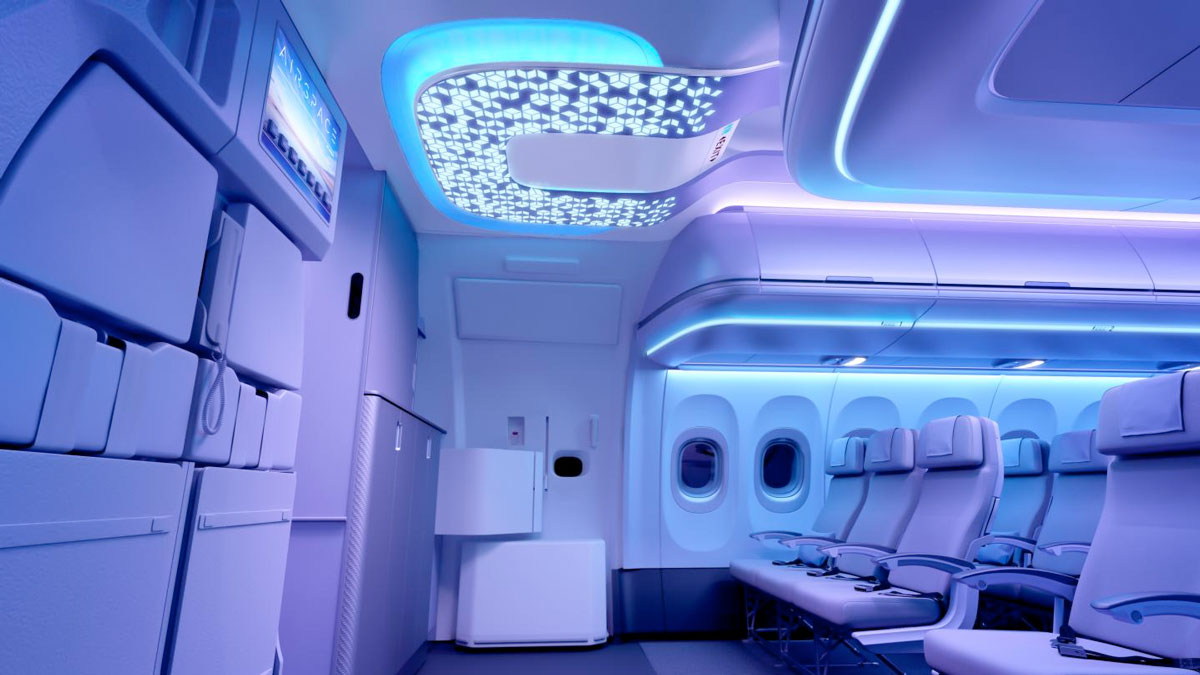
2PAXfly Takeout
This is another timely reminder to wear your seatbelt when seated. Holding you close to your seat will protect you from the sort of injuries sustained on this flight, when unsecured passengers flew to the ceiling of the aircraft, and then came crashing down once the ‘drop’ ceased.
The hope will be that this is an anomaly – a ‘freak accident’ in casual parlance. If it is a systemic error either mechanical or electronic, then this is a larger concern for the airlines that fly Boeing Dreamliner 787 aircraft. Let’s hope it isn’t. If it is, it will pile on the woes to Boeing’s existing stack.
I am an Airbus fanboy whether it by the A380 or those original double aisled A330’s Qantas used to run domestically way back when. So for me this is good news. I think that extra width in the seats will give Qantas a real advantage – something to distinguish it from the competition, and make the fare premium it charges over and above Virgin Australia and Rex justifiable especially in the premium cabins.
New aircraft is always an excuse for new onboard product – so I look forward to that.

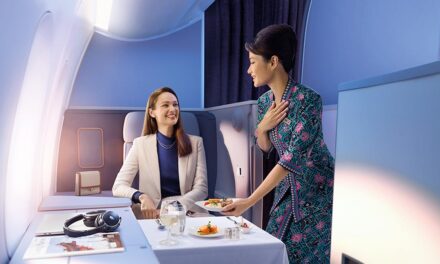
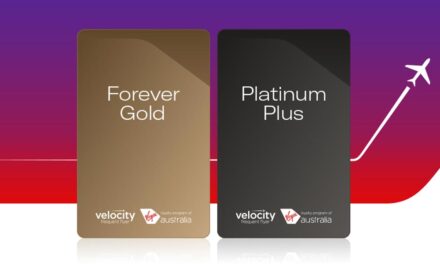
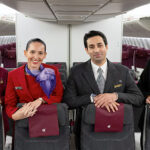
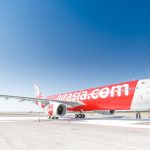
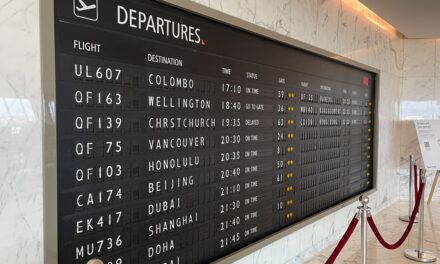
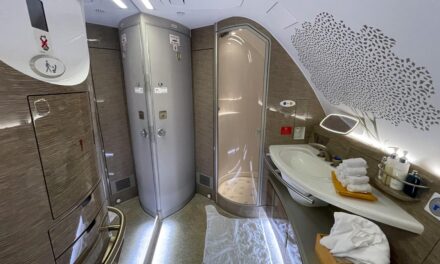
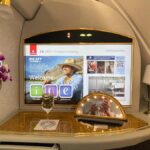
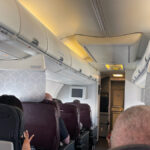



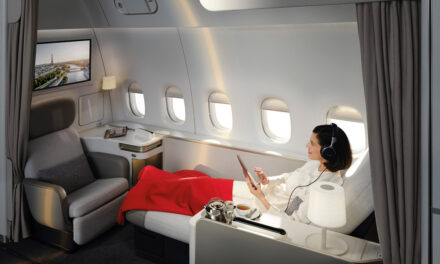
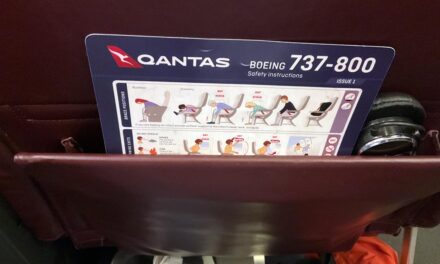
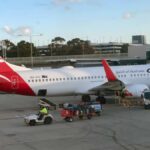

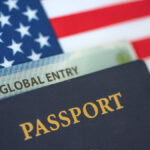

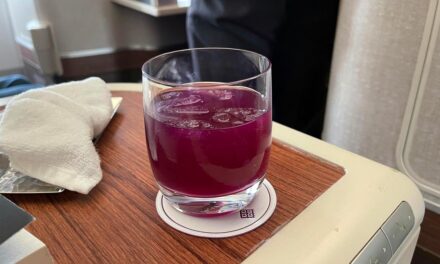
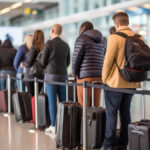
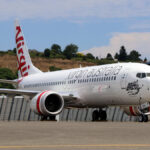
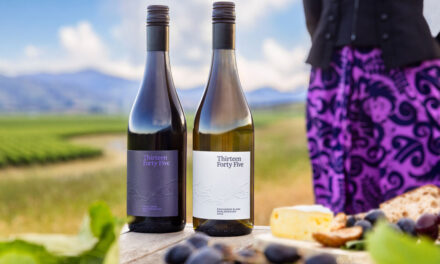
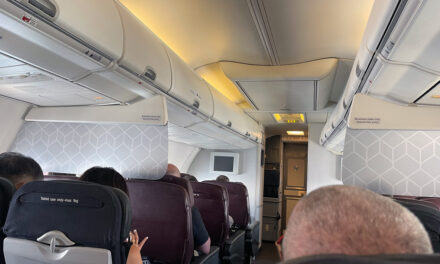


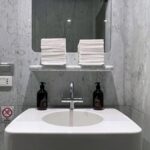
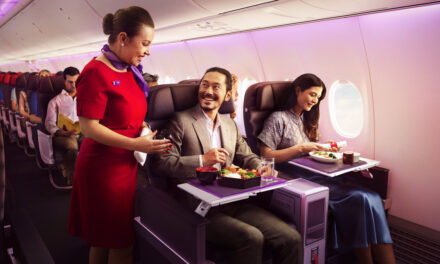
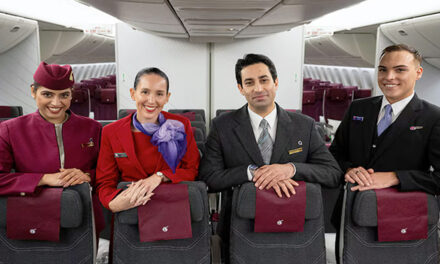






What did you say?